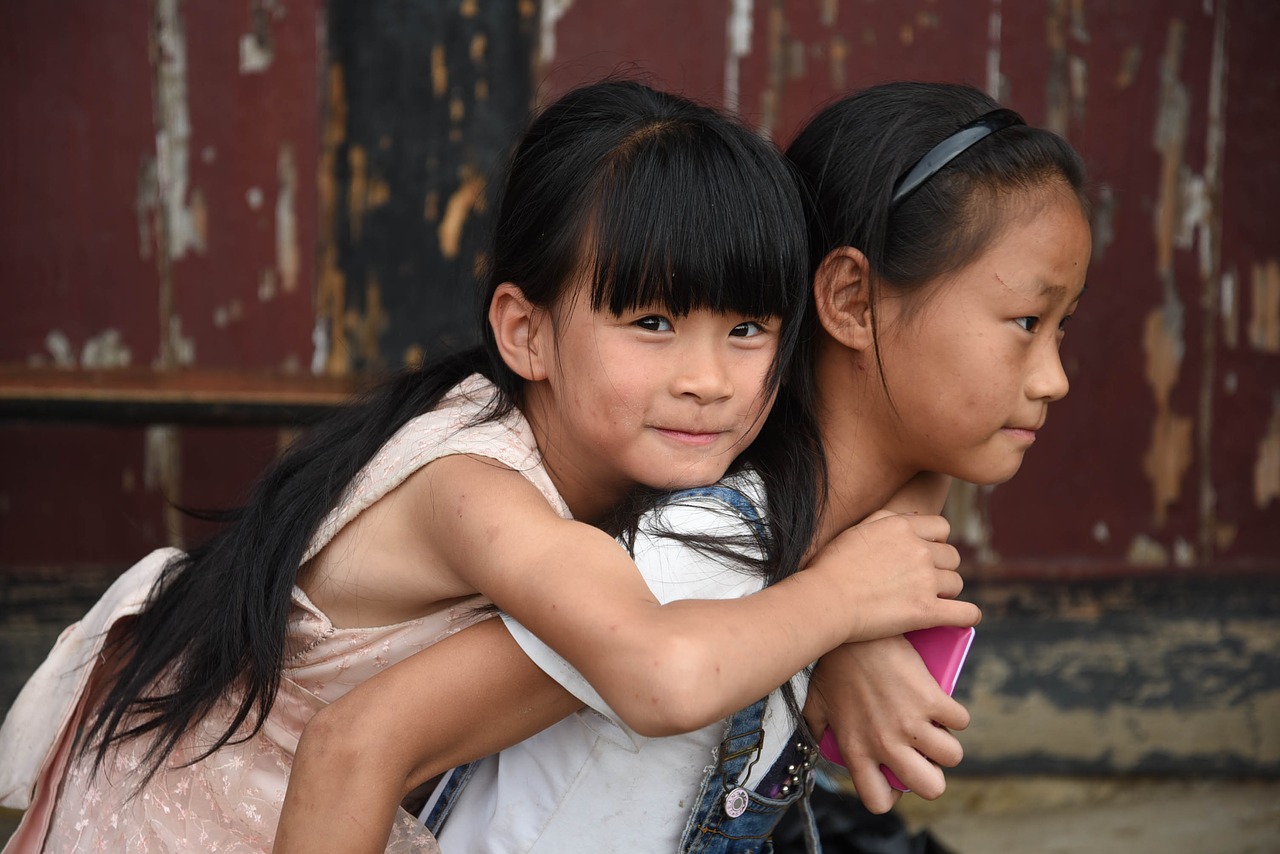
Over the last few decades, China’s huge growth has made it the world’s second-largest economy. In November 2015, the International Monetary Fund designated its currency, the renminbi, as one of the world’s main currencies, recognizing the country’s newfound global status.
But its growth has been accompanied by some challenges, as economic maturity has slowly required some political and social changes at home. China has dealt with protests in its liberalized cities, such as Hong Kong, over the future of democracy. And, its financial prosperity has not necessarily translated into a happier population. In October 2015, the country ended its famous one-child policy, stating that married couples could have a second child. The one-child policy drew criticism around the world, in particular because parents often selected to have male children, resulting in a population-wide gender imbalance which is expected to persist for decades.
But less well-known than parents’ attempts to have a son is the corresponding tradition in some provinces of adopting a “little-daughter-in-law” for an arranged marriage to an existing biological son. The practice, most common in Fujian and Jiangxi provinces, was seen as particularly beneficial to poor families that would not be able to pay a “bride price” to the family of its future daughter-in-law. It also contradicts, in part, the narrative of Chinese families rejecting daughters. A 2015 study published in Population Studies, “Girl Adoption in China—A Less-Known Side of Son Preference,” examined the prevalence of adopting infant girls across China. The researchers — Yuyu Chen at Peking University, Avraham Ebenstein at the Hebrew University of Jerusalem, Lena Edlund at Columbia University, and Hongbin Li at Tsinghua University — looked at the composition of families that adopted girls and the outcomes for those girls.
The study’s findings include:
- Girls were more likely to be adopted by families that already had sons.
- Even though families adopting girls were more likely to have above-average income, adopted girls were much less likely to attend school, particularly in families that already had sons.
- Adoption of girls was more prevalent in Fujian and Jiangxi, the provinces with a tradition of adopting daughters for arranged marriages with existing sons, where at least 6 percent and as high as 10 percent of girls were adopted in 1994, the peak year of such adoptions.
- Girls adopted in those provinces were even less likely to attend school.
The researchers suggested that the adopted girls’ lower school attendance rates could be due to selection — girls given up for adoption could be less suited to school — or the negative impact of the experience of being adopted, in addition to discrimination by the girls’ new families. They note, however, that school attendance reflects parental priorities in addition to the child’s characteristics. They also noted that the apparent decline in adoptions after the early 1990s may be due to adoptions occurring when children are already older, suggesting analysis of the newer 2010 census data.
Related research: A 2015 study in Public Health looks at the impact of the end of the one-child policy on the Chinese health care system. A 2015 study in the European Sociological Review examined children’s well-being as more Chinese move from rural areas to cities.
Keywords: China, development, gender, adoption, women, girls, Asia
